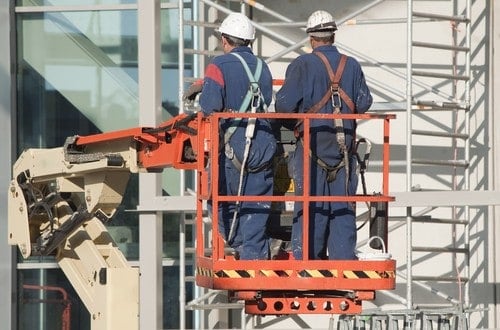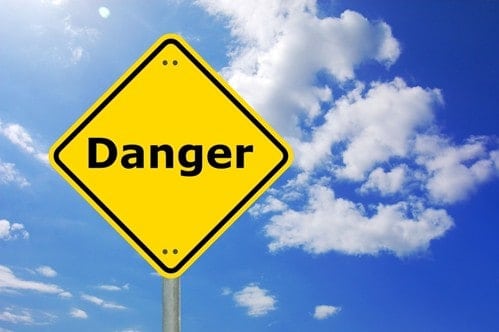Most Common Workplace Injuries and How You Can Prevent Them
Many work injuries are preventable when you know what to expect and have the proper equipment, training and awareness. Knowing the most common injuries and how they occur can help you prepare, train and advise your employees about how to stay safe on the job.
Back Injuries
In 2015, the Bureau of Labor Statistics (BLS) recorded that 155,740 people took time off work due to back injuries. In 2016, musculoskeletal disorders involving the back accounted for 38.5% of all work-related musculoskeletal disorders (134,550 back cases out of 349,050 total cases).
Injuries to the back are the most common work-related traumas, usually because of overexertion and poor technique. Specifically, the worker is most likely to injure themselves when they lift, strain, overreach, bend or twist too heavy a load or do so improperly.
Insist that your employees protect their backs by learning and using proper lifting techniques. Workers should never bend or twist while lifting or carrying, and should use the aid of either lifting machines or other coworkers. Some strategies that prevent back injuries include strength testing existing workers and implementing stretching and conditioning programs before any heavy lifting.
Hitting/Striking Against Objects
The second most common injury workers face involves hitting, or being hit by, objects on a jobsite.
Unlike injuries caused by overexertion or improper lifting technique, striking or being struck by an object can be fatal. In 2015, 519 people were killed by being struck by objects; most often by vegetation, construction vehicles or logging and mining machinery. These accidents are best prevented by wearing the appropriate protective equipment including hard hats, eye protection and gloves.
Educate your workers on the importance of being aware of their surroundings and giving themselves sufficient clearance around potential hazards.
Falls
While not as common as injuries that involve striking/being struck by objects, workplace falls can be just as fatal. According to BLS, falls to a lower level accounted for 40% of workplace fatalities in 2015.
Workers should always wear slip-resistant soled shoes and be conscious of their footing. Never allow employees to walk backward (such as during equipment directing) or to leap from one platform to another. It’s your responsibility to ensure that pathways are well lit and free of spills, grease spots or other obstacles.
In 2016, the most frequently cited violation of Occupational Safety and Health Administration (OSHA) standards were those of fall protection. In order to comply with OSHA standards, you must protect the sides and edges of all surfaces, determine whether the working/walking surfaces have the strength and structural integrity to support your workers, and institute personal fall arrest systems when necessary. To learn more about making sure your workers are protected from deadly falls, click here.
Machine Accidents
The fourth major cause of work-related injuries are those that involve getting caught in moving machine parts. When working around machines that rotate, grind, slide or press, be sure that your employees are using safety shields, guards and lock-out procedures. Advise your workers not to wear any loose fitting clothing or jewelry that may get caught in machinery.
These tips may seem obvious, but annual statistics illustrate the need for additional precautions. OSHA holds employers responsible for ensuring that all machinery is equipped with proper guarding methods, such as barrier guards, two-handed tripping devices and electronic safety devices. Learn more about your machine guarding responsibilities here.
Source: OSHA



